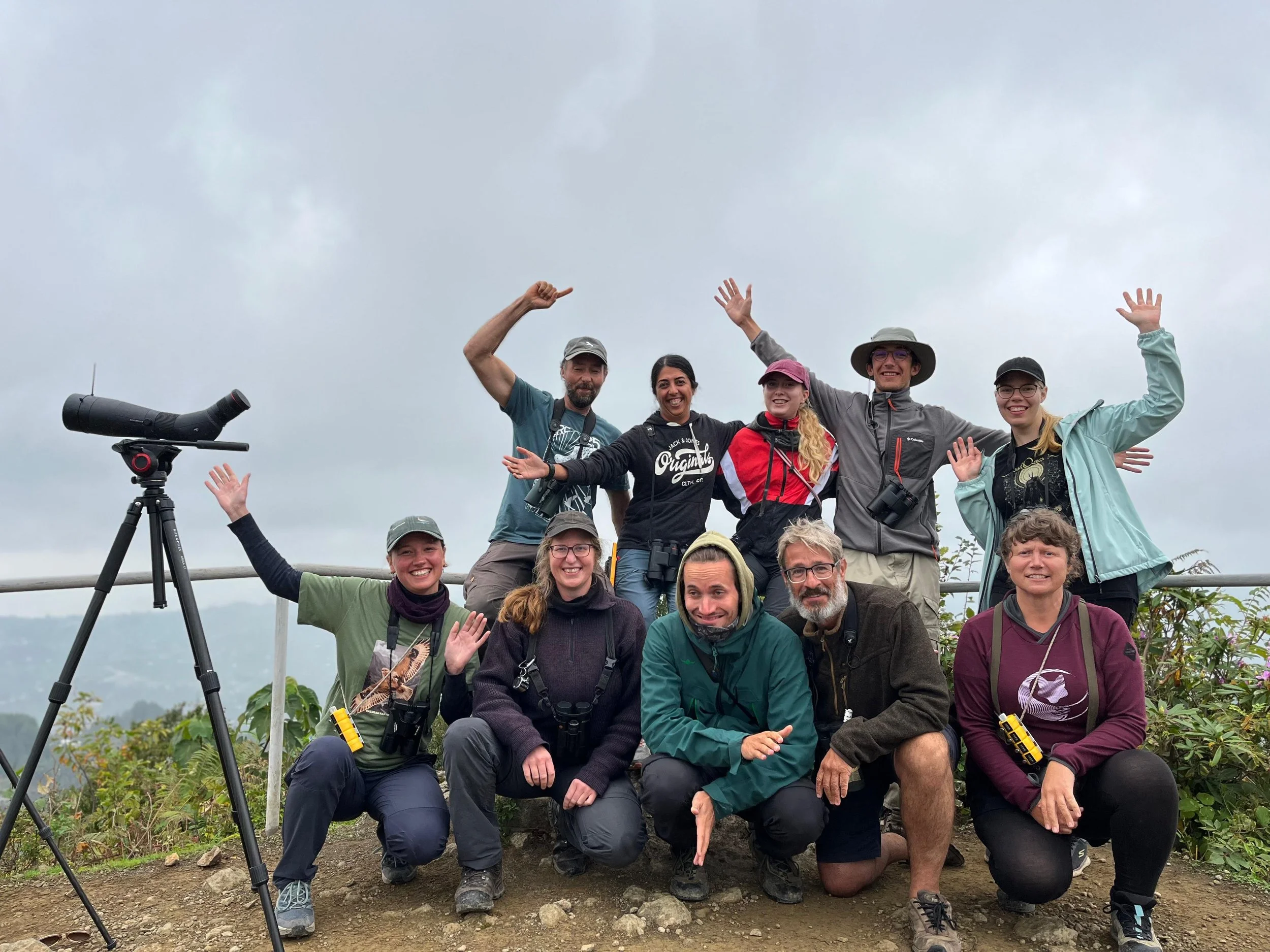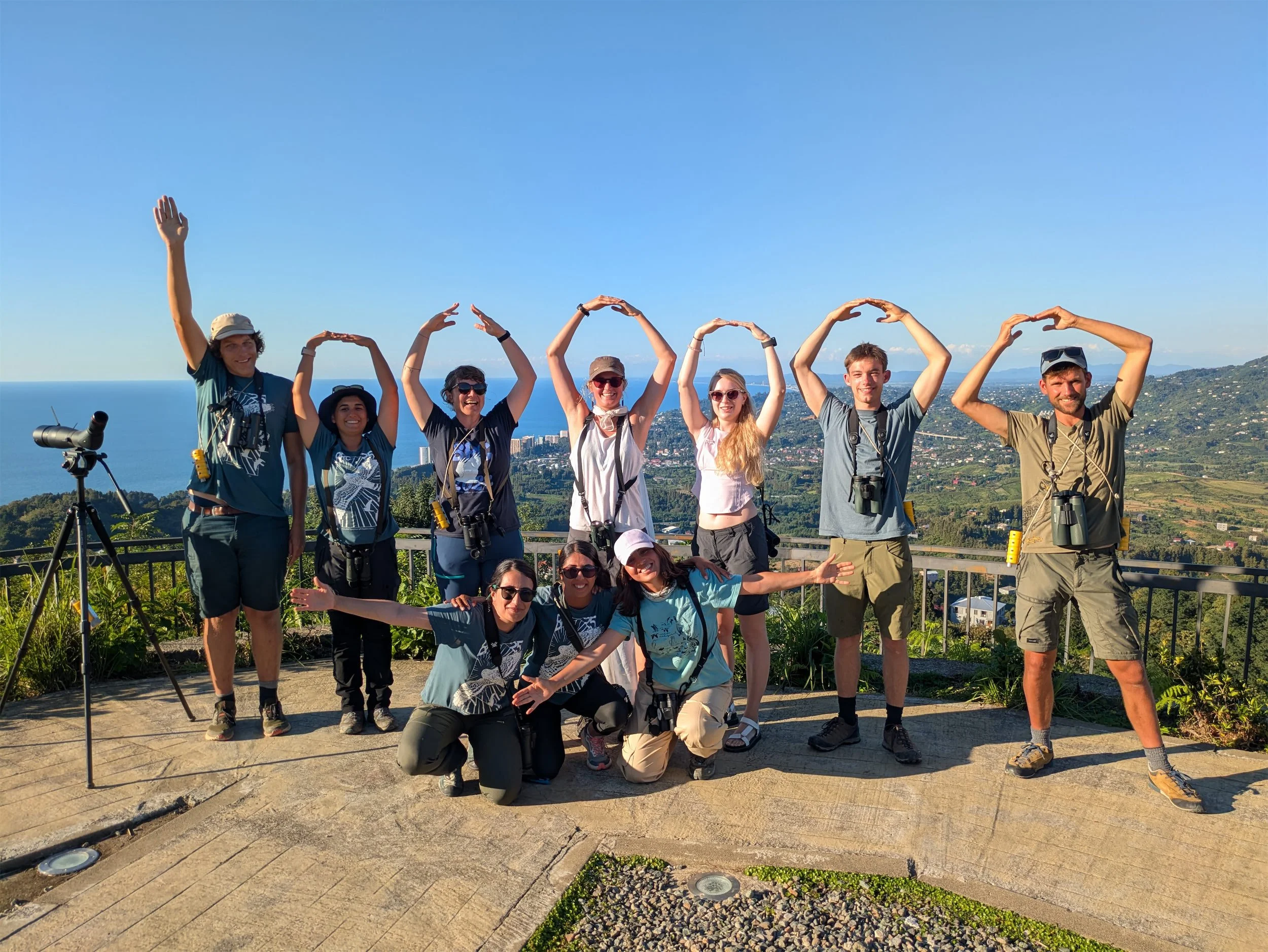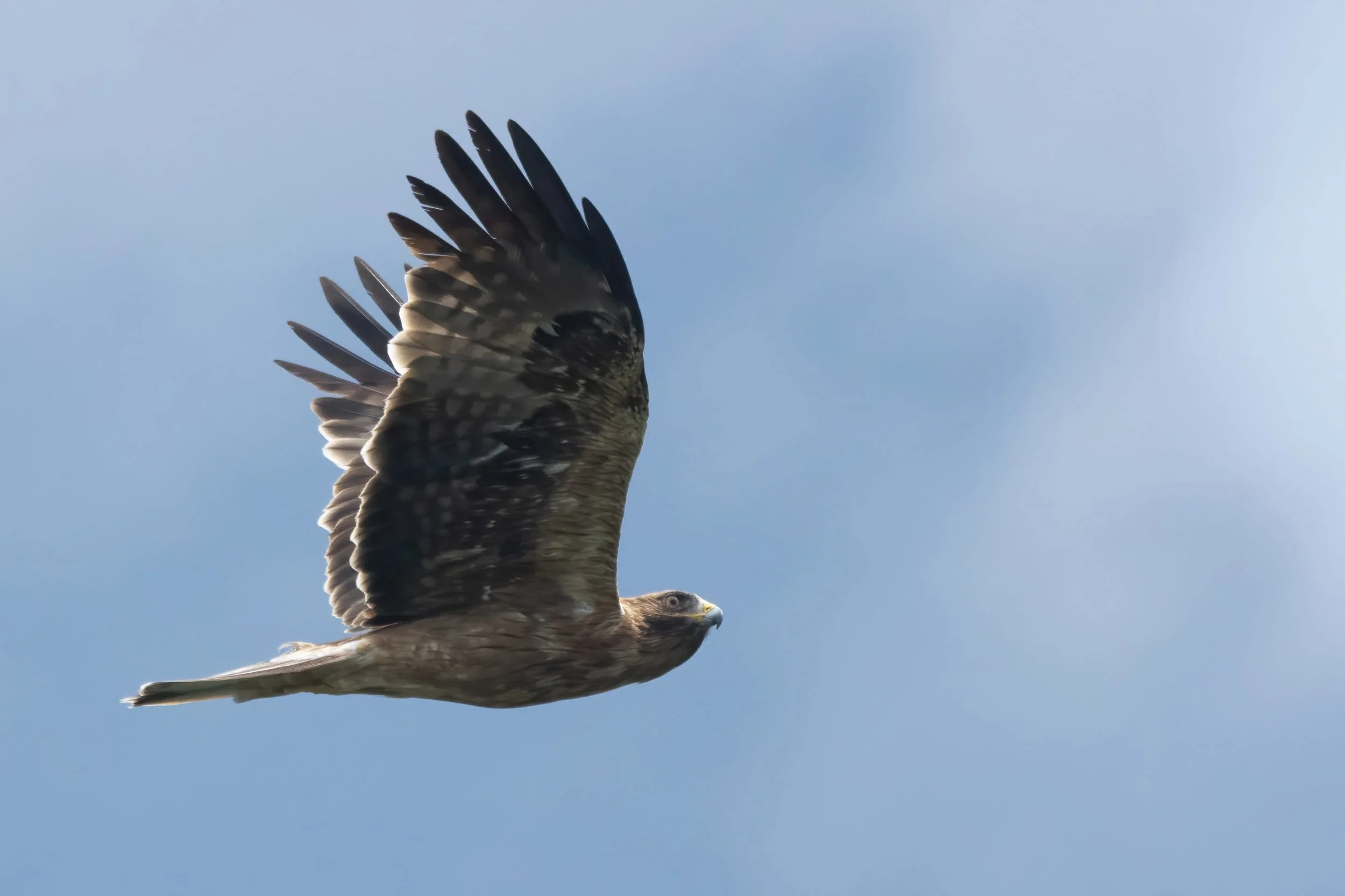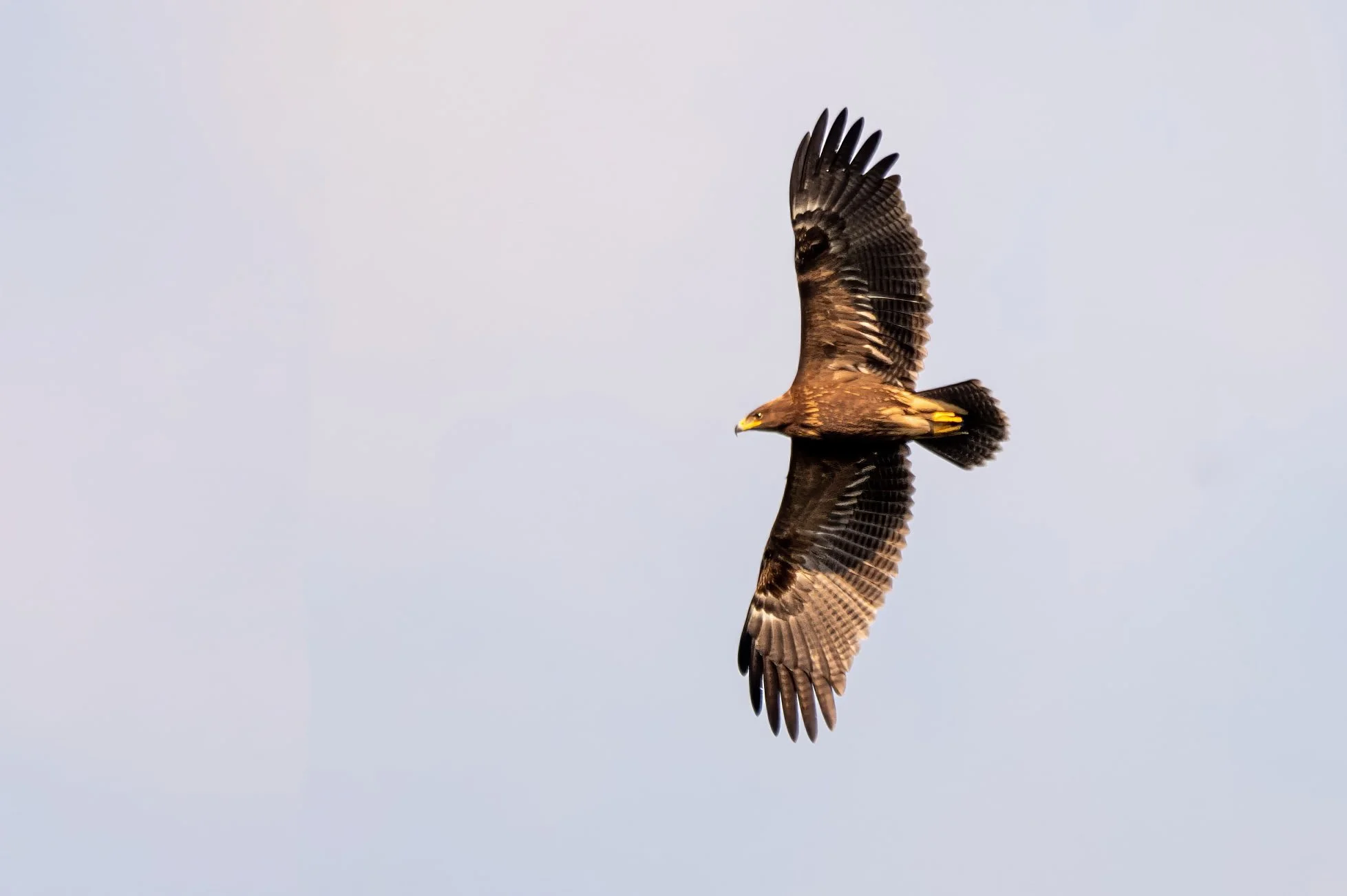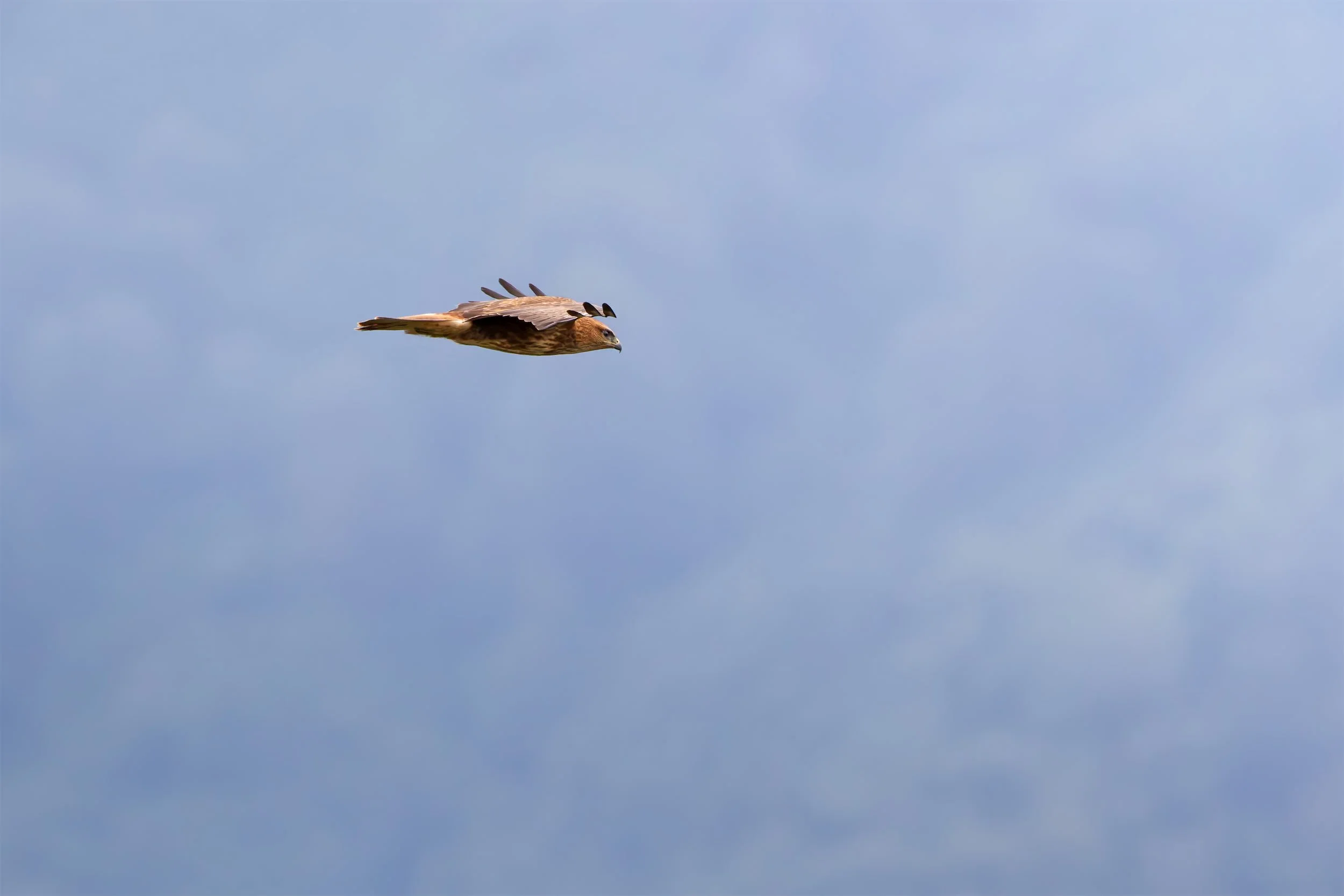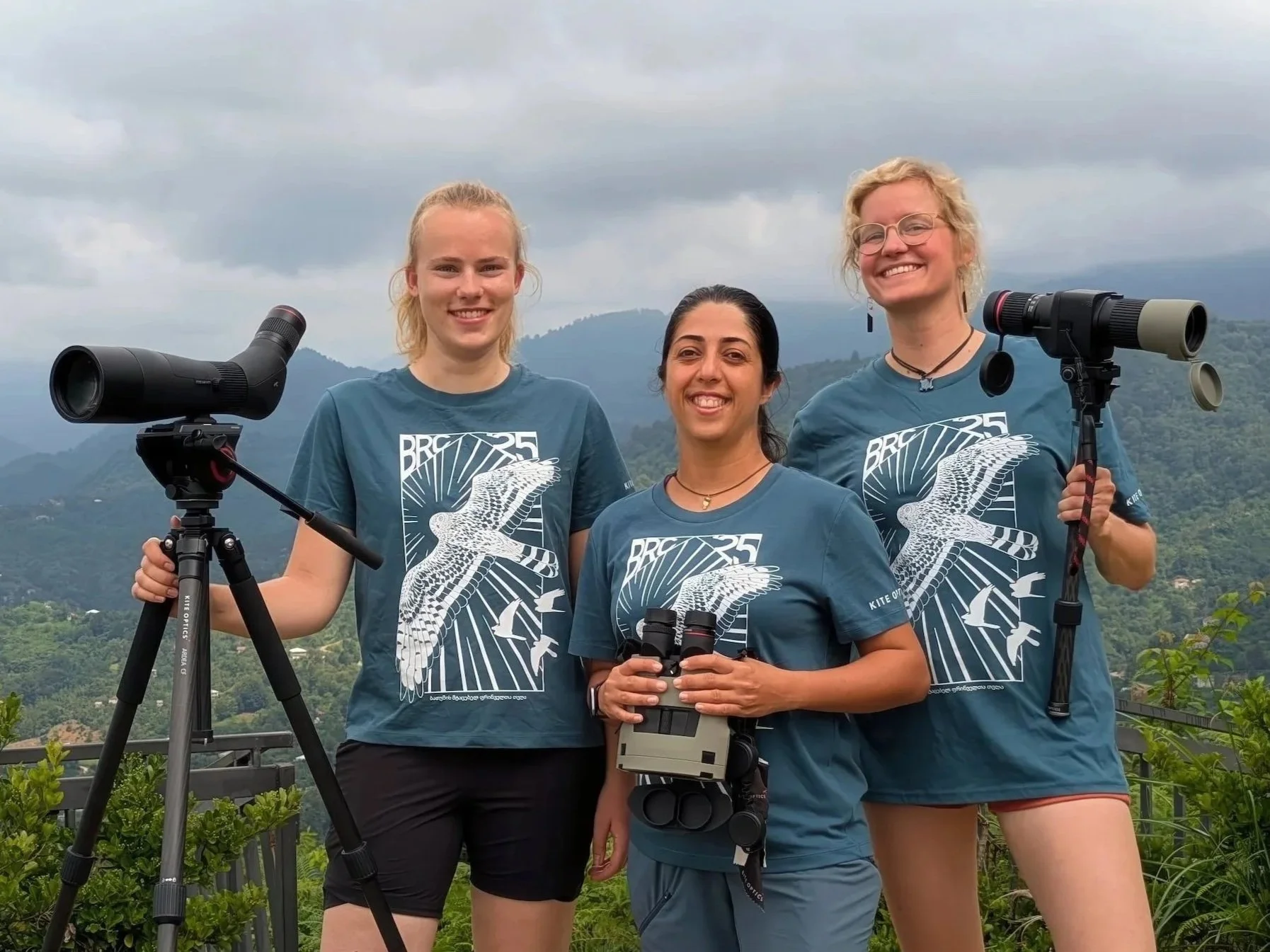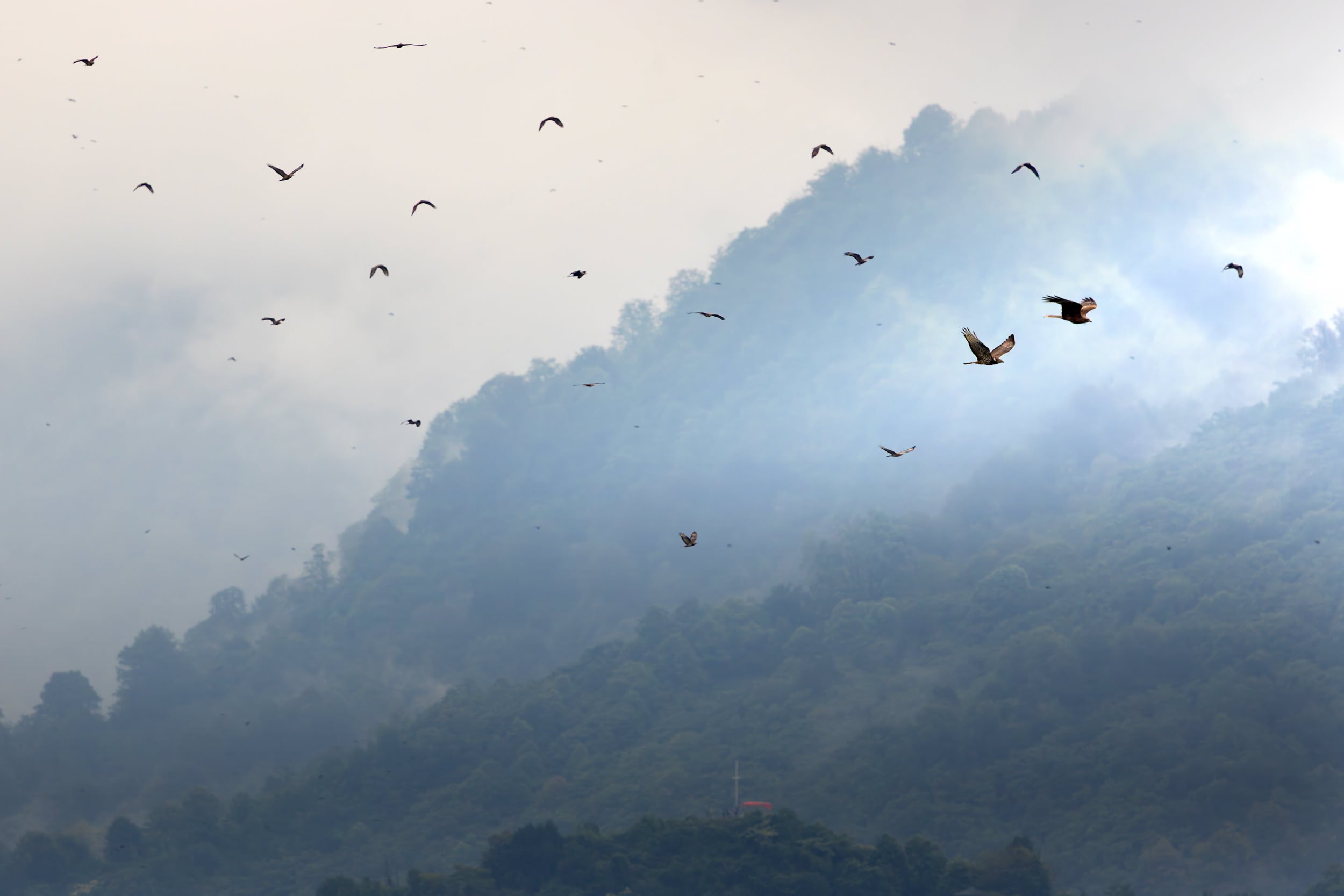
17th Batumi Raptor Count
This year, we bring you the updates from the field on our website as well — not just via our social media channels, newsletters and daily count updates. Let us know in the comment sections what you think of this new approach.
Updates from the field
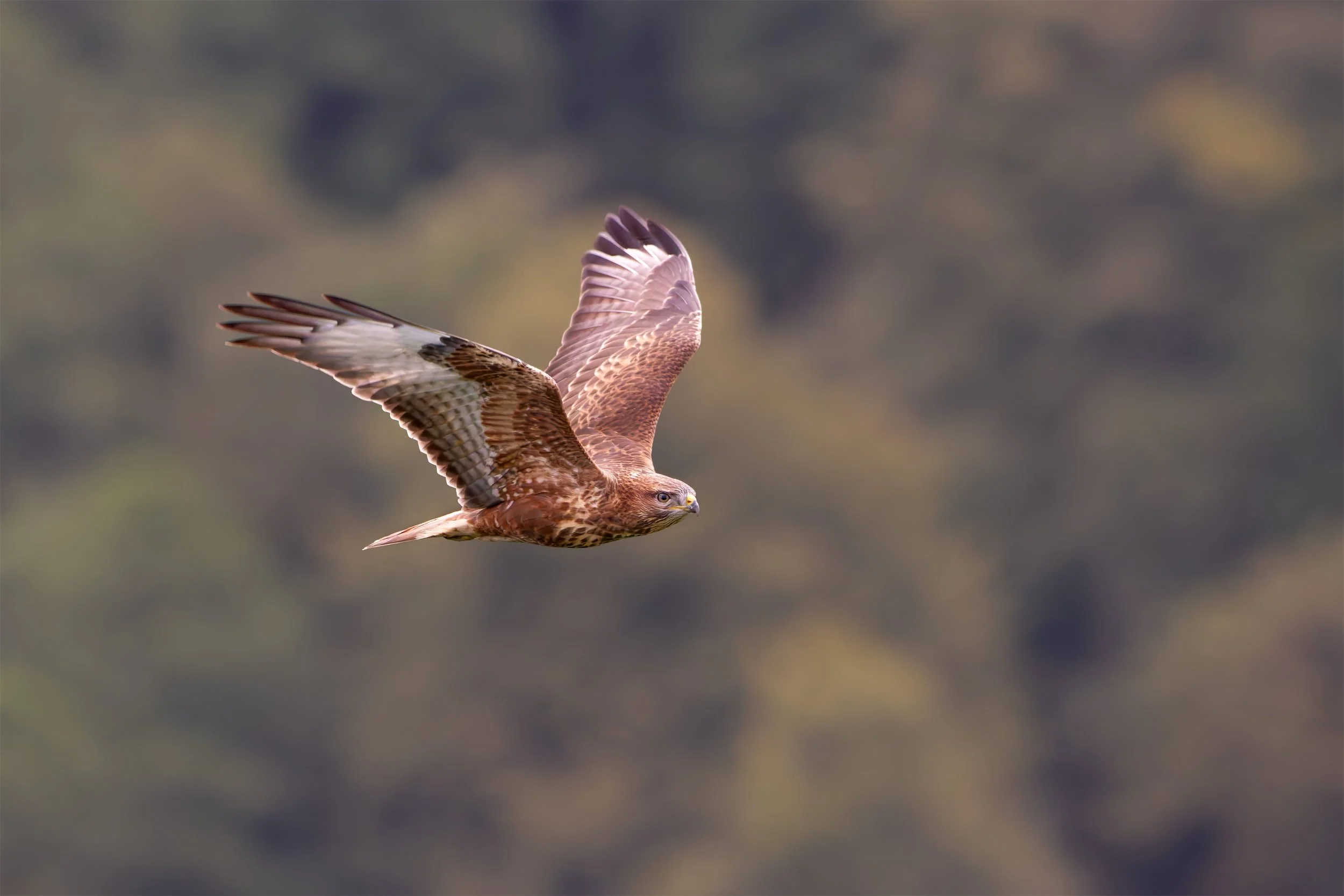
And… it’s a wrap. What a season!
Latest news
Birding in Georgia
Jasper Wehrmann
Birding in Georgia
Jasper Wehrmann
Two days in the Chorokhi Delta
Chorokhi Delta,
Birding in Georgia
Simon Cavaillès
Chorokhi Delta,
Birding in Georgia
Simon Cavaillès
Chorokhi Delta in mid August
Birding in Georgia
Filiep T'jollyn
Birding in Georgia
Filiep T'jollyn
Tripreport: Eagles and Little Bustards in East Georgia
Birding in Georgia
Peter Adriaens
Birding in Georgia
Peter Adriaens




